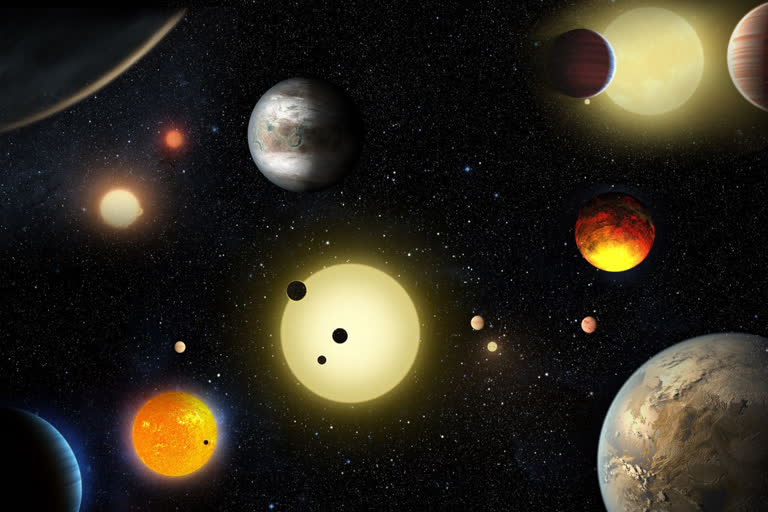Washington: What astronomers thought was a planet beyond our solar system has now seemingly vanished from sight, suggesting that the exoplanet likely never existed.
The object, called Fomalhaut b, was first announced in 2008, based on observations made by NASA's Hubble Space Telescope in 2004 and 2006.
It was visible in several years of Hubble observations that revealed it was a moving dot.
But data analysis of Hubble images taken in 2014 showed the object had vanished.
A new study published in the journal Proceedings of the National Academy of Sciences (PNAS) suggests that the Hubble was instead looking at an expanding cloud of very fine dust particles from two icy bodies that smashed into each other.
Read Also: Iran admits it launched satellite amid US tensions
Hubble came along too late to witness the suspected collision but may have captured its aftermath, said the study.
The missing-in-action planet was last seen orbiting the star Fomalhaut, 25 light-years away.
"These collisions are exceedingly rare and so this is a big deal that we get to see evidence of one," said Andras Gaspar, an assistant astronomer at the University of Arizona's Steward Observatory and lead author of a research paper announcing the discovery.
"We do have evidence of such collisions in other systems, but none of this magnitude has been observed in our solar system. This is a blueprint of how planets destroy each other."
Read Also: Wildlife reclaims nature reserve, as visitors stay away
Puzzles arose with Fomalhaut b from the very beginning.
The object was bright in visible light -- highly unusual for an exoplanet, which is simply too small to reflect enough light from its host star to be seen from Earth.
At the same time, it did not have any detectable infrared heat signature -- again, highly unusual, as a planet should be warm enough to shine in the infrared, especially a young one like Fomalhaut b.
Astronomers conjectured that the added brightness came from a huge shell or ring of dust encircling the planet that may have been collision-related.
"Our study, which analysed all available archival Hubble data on Fomalhaut, revealed several characteristics that together paint a picture that the planet-sized object may never have existed in the first place," Gaspar said.
The team emphasised that the final nail in the coffin came when their data analysis of Hubble images taken in 2014 showed the object had vanished, to their disbelief.
Adding to the mystery, earlier images showed the object to continuously fade over time, they said.
"Fomalhaut b was doing things a bona fide planet should not be doing," Gaspar said.
The interpretation is that Fomalhaut b is slowly expanding from the smashup that blasted a dissipating dust cloud into space.
Taking into account all available data, the researchers think the collision occurred not too long before the first observations taken in 2004.
(IANS)



